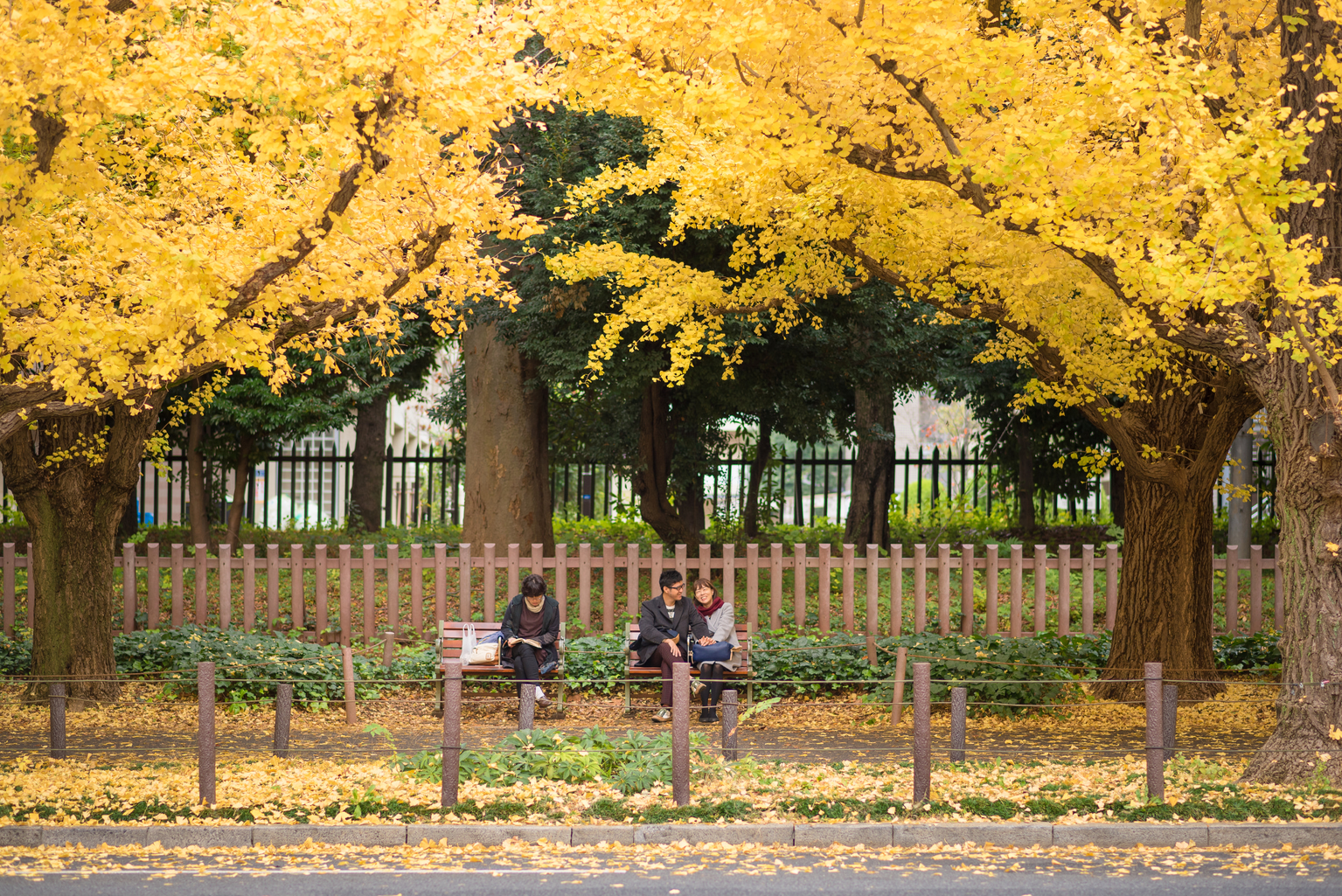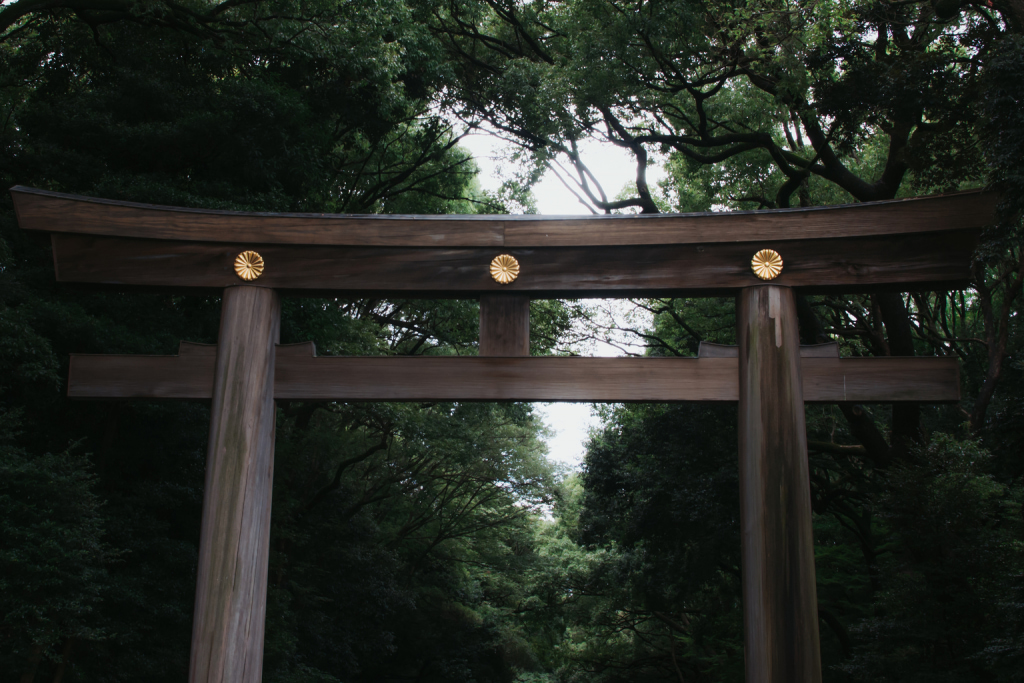Is the Tokyo government barking up the wrong tree? Perhaps.
On February 9, the city planning council of the Tokyo Metropolitan Government (TMG) approved the redevelopment plan of Meiji Jingu Gaien, an area designated for mandated landscape preservation.
The plan includes the establishment of a nearly 200-meter skyscraper and commercial facilities and the relocation of the Meiji Jingu and Chichibunomiya Rugby stadiums, all scheduled for completion in 2036. The plan also includes a felling of 971 trees, some of which are more than a century old. Despite the government’s plan to transplant 979 additional trees in place, this approval has drawn much criticism from the public.
#Tokyo gives the OK to redevelop leafy Meiji Jingu Gaien #urbanplanning | The Asahi Shimbun: Breaking News, Japan News and Analysis : The Asahi Shimbun https://t.co/7hfeTS6rlv
— Asahi Shimbun AJW (@AJWasahi) February 10, 2022
Initially, the redevelopment plan was proposed on December 14, 2021, with a two-week public inspection period. At the time, the government did not publicly state or acknowledge the need for felling. Then, Mikiko Ishikawa, a professor of urban environment planning at Chuo University, confronted the city with the result of a fieldwork investigation that showed the estimated number of trees that needed to be cut down.
Meiji Jingu was designated as the first-ever “scenic zone” in Japan in 1926, falling under the Town Planning and Zoning act. Scenic Zone restriction was implemented as a “gentleman’s agreement,” limiting the height of new architecture to lower than 15 meters. The Gaien area serves as a forest to numerous 100-year-old plants such as Japanese red pine and camphor trees, all of which will either cut down or transplanted.
Ishikawa stated: “Replanting new trees in the place of old ones will not suffice. The trees were planted according to the development plan from the past and (proceeding with this) will ruin the historic and cultural landscape.” She adds that the government should provide a solid explanation and further discussion.
Some point out the “convenience” of the redevelopment plan post Olympics. Upon establishing the new stadium, the government fell 1,500 trees and loosened the 15-meter height restriction to 80 meters. Critics are pointing out how this could have been a spur for the advancement of the redevelopment plan.

Tourists at Meiji Jingu Gaien in Tokyo, Japan on November 22, 2016 (Editorial credit: Nuamfolio / Shutterstock)
The Japan ICOMOS National Committee, an advisory body of the United Nations Educational, Scientific and Cultural Organization (UNESCO), has urged the government to reconsider, stating, “the dense urban redevelopment goes against the current state of the world”, and that “the Chichibunomiya Rugby Stadium should be rebuilt locally to preserve the cultural landscape.” The Committee called on the government to continue the discussion, but the government steamrolled the plan.
TMG responded by stating that the transplantation of 979 trees will include trees unique to Japan and create more greenery. Leading real estate developer Mitsui Fudosan Co., along with the trading house Itochu Corp, Meiji Jingu Shrine and the Japan Sport Council are expected to conduct a survey to decide whether to fell the trees or transport them for replanting elsewhere. TMG also added that it would prioritize transplanting trees rather than felling them if possible while paying “attention to the way the project is taking shape.”
Top and feature image by Lisa Knight









